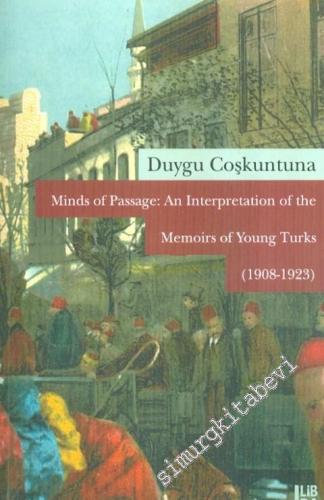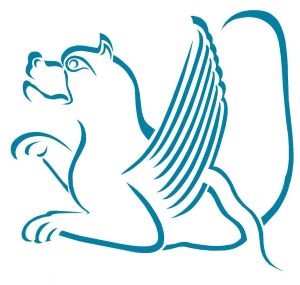#smrgKİTABEVİ Minds of Passage: An Interpretation of the Memoirs of Young Turks 1908 -1923 -

Introductıon
CHAPTER I: INTRODUCTION
Sources
A Map to "A Foreign Country"
CHAPTER II: UNIONISM
Self-Assigned Characteristics
The Tradition of Nicknaming
Family Connections
Being a Graduate of the School of Medicine (Tıbbiye) Being a Soldier
Civilians versus Soldiers
The Role of the "Savior"
The Hope in Komitacılık
"There Is No Law; Make the Law" (Yok Kanun, Yap Kanun)
The "Silence" in the Committee of Union and Progress
Foundations of the Committee of Union and Progress
Liberties
Continuation of the State (Devletin Bekası)
Perception of History
Marriage Politics
Conclusion
CHAPTER III: MOTHERS, SPIES, SIGNS: UNIONIST PERCEPTIONS OF WOMEN
Mothers
Spies from "Our Side"
Gendering the "Other"
Spies from the "Other Side"
Gender(ed) Indicators of Westernization
Women as Signifiers of the Ideal (Mefkûre)
Conclusion
CHAPTER IV: HOMELAND AND NATION
Boundaries of Homeland
Damsel in Distress
A New Ranking of Priorities
Making of a Nation
Religion as an Axis of Differentiation
Being an Ottoman
Being a Turk
A Case Study: Young Turks Meet the Arabs
Another Case Study: Young Turks versus Armenians
Conclusion
CHAPTER V: CONCLUSION
APPENDIX A
BIBLIOGRAPHY
INDEX
Introductıon
CHAPTER I: INTRODUCTION
Sources
A Map to "A Foreign Country"
CHAPTER II: UNIONISM
Self-Assigned Characteristics
The Tradition of Nicknaming
Family Connections
Being a Graduate of the School of Medicine (Tıbbiye) Being a Soldier
Civilians versus Soldiers
The Role of the "Savior"
The Hope in Komitacılık
"There Is No Law; Make the Law" (Yok Kanun, Yap Kanun)
The "Silence" in the Committee of Union and Progress
Foundations of the Committee of Union and Progress
Liberties
Continuation of the State (Devletin Bekası)
Perception of History
Marriage Politics
Conclusion
CHAPTER III: MOTHERS, SPIES, SIGNS: UNIONIST PERCEPTIONS OF WOMEN
Mothers
Spies from "Our Side"
Gendering the "Other"
Spies from the "Other Side"
Gender(ed) Indicators of Westernization
Women as Signifiers of the Ideal (Mefkûre)
Conclusion
CHAPTER IV: HOMELAND AND NATION
Boundaries of Homeland
Damsel in Distress
A New Ranking of Priorities
Making of a Nation
Religion as an Axis of Differentiation
Being an Ottoman
Being a Turk
A Case Study: Young Turks Meet the Arabs
Another Case Study: Young Turks versus Armenians
Conclusion
CHAPTER V: CONCLUSION
APPENDIX A
BIBLIOGRAPHY
INDEX





















